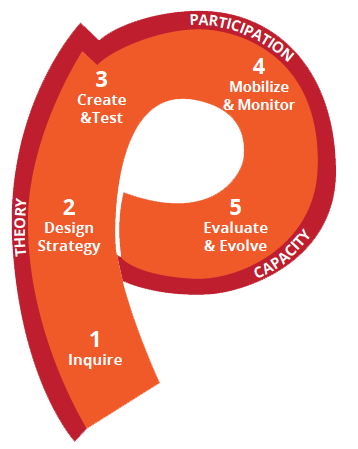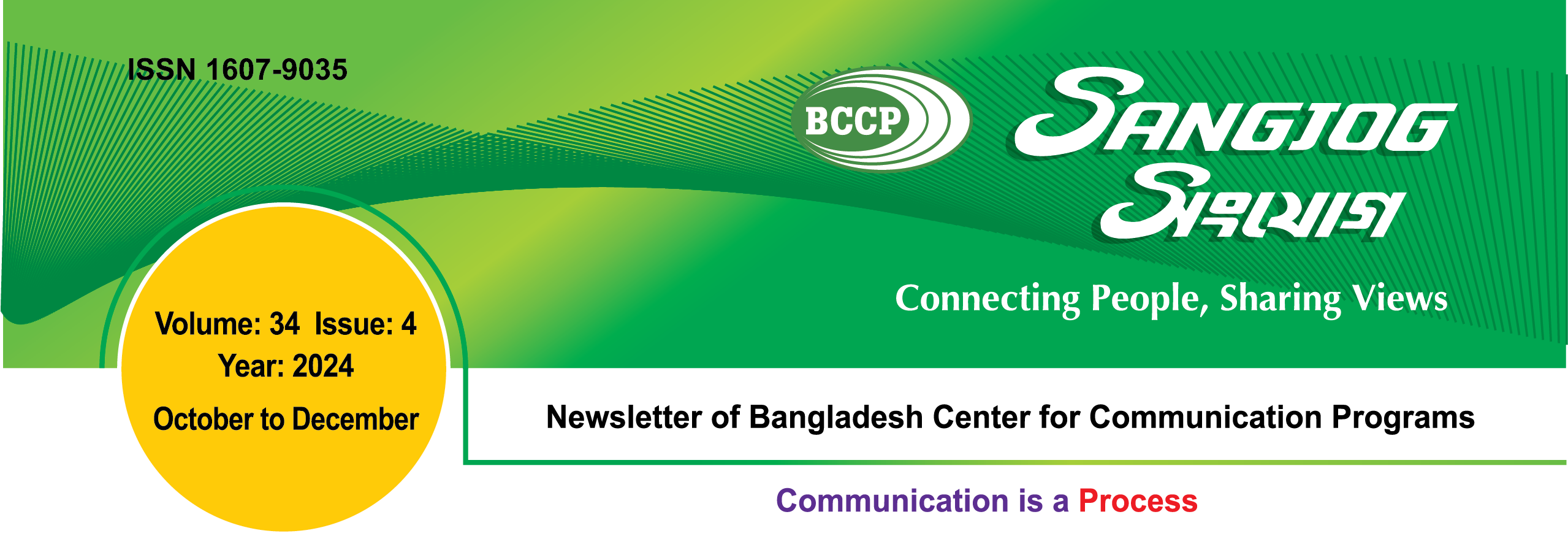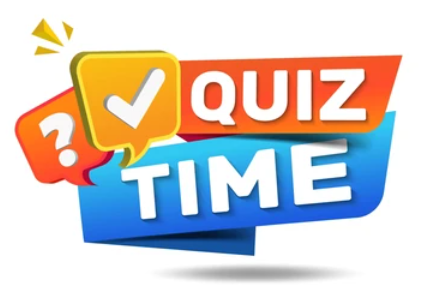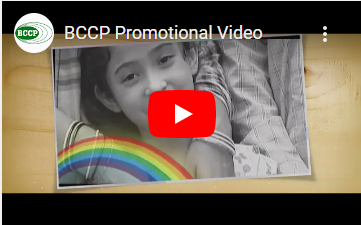Communication is a process and a key to powerful changes
Noushin Mouli Waresi; Anika Fatima
 Effective communication is not just about passing along information. It's about shaping perceptions, influencing behaviors, and driving long-term change, sometimes creating revolution. In Bangladesh, where social, political, and economic challenges thrive, communication has repeatedly proven its capacity to mobilize people, challenge injustice, and inspire hope-a hope for discrimination-free nation. One of the most recent and vivid examples is the anti-discrimination student protest, which began with a single, resonant message, "Ami k Tumi k Rajakar, Rajakar, the echoes gather from Dhaka university to every university, gather millions in streets with one mission. This is how a voice, message comprised of few words grew into a nationwide movement.
At the forefront of strategic communication lies Social and Behavior Change (SBC). This approach doesn't just deliver messages but actively involves communities in the process of change. SBC is a dynamic, data-driven method that focuses on creating engagement rather than just spreading information. By including communities in the dialogue, it empowers them to take ownership of their actions, leading to sustainable and meaningful changes. Tracing again the previous example of the recent revolution, the whole movement went through a process, there was strong community engagement with only one aim.
We can take another example, such as in the case of reducing plastic consumption, an SBC approach doesn't simply tell people to stop using plastic. It promotes small, actionable changes that individuals can easily adopt, such as using reusable bags or supporting local recycling initiatives. This type of communication creates a sense of shared responsibility and enables people to understand the importance of these changes in the context of their everyday lives.
One of the strengths of SBC is its multi-channel approach. By blending traditional media, like TV and radio, with digital tools such as social media and mobile apps, SBC ensures its messages reach people where they live, work, and play. Imagine a public health campaign aimed at increasing vaccination rates. Instead of relying on a single medium, it could utilize TV spots, face-to-face outreach through community health workers, and social media messaging to reinforce the same core message. The multi-channel strategy amplifies the message, making sure it reaches the broadest possible audience, increasing the likelihood that people will change their behavior in response.
To ensure that communication is impactful, it needs to be a dynamic process that involves careful planning, constant testing, and frequent adjustment. This is where the "P" Process in SBC comes in. This process serves as a guideline to develop communication strategies that are not only engaging but also lead to actual behavior change.
The "P" Process begins with the step called "Inquire" understanding the landscape of the community and identifying the key issues at play. It's crucial to engage with the community to learn about their needs, concerns, and the challenges they face. This ensures that communication is not one-sided or misguided but is grounded in the real-world experiences of the people you aim to reach.
Next comes "Design and Strategy", where the insights from the inquiry phase are used to craft a comprehensive communication plan. This phase is data-driven and culturally informed, taking into account the community's values, beliefs, and daily realities. The plan also ensures that multiple communication channels are used so that the message reaches people through various means whether that's through digital, print, or face-to-face communication.
After the strategy is developed, the "Create and Test" phase begins. This is where the actual messages are crafted and tested with the target audience. Instead of simply telling people what to do, SBC creates a two-way communication flow where feedback from the audience is actively sought. This could involve focus groups, surveys, or online discussions, ensuring that the messages are resonating with the community and are understood in the context of their values.
Once the strategy has been tested, it's time to "Mobilize and Monitor". This is when the communication campaign is launched, and resources are put in place to ensure it runs smoothly. Monitoring is crucial here because it allows the team to track the effectiveness of the campaign and make adjustments in real time. If misinformation begins to spread or cultural barriers arise, the strategy can be modified to address these challenges.
The final step of the "P" Process is "Evaluate and Evolve". After the campaign has been implemented, it's important to assess its effectiveness. Did it meet its objectives? Were there any unintended consequences? This phase is essential for continuous improvement. By collecting data and feedback, the communication strategy can be refined for future campaigns.
However, effective communication isn't just limited to community change. It also plays a vital role in leadership. Leaders understand that communication is the key to inspiring action and building relationships. It's not just about making decisions and issuing directives it's about creating a shared vision that others can get behind.
Clear, consistent communication allows leaders to convey their ideas effectively and rally others toward a common goal. But leadership communication is a two-way street. It's just as much about listening as it is about speaking. By practicing active listening, leaders can understand the concerns, motivations, and emotions of their team members, leading to stronger relationships and better collaboration.
Adaptability is another hallmark of effective leadership communication. Different situations and people require different approaches. Some individuals may prefer written communication, while others thrive on verbal interactions. Great leaders know how to tailor their messages to meet the needs of the moment. Additionally, empathy plays an essential role in communication. Leaders who take the time to understand their team's emotional drivers can communicate in a way that resonates on a deeper level, building trust and loyalty.
Equally important is transparency. Leaders who are open about the challenges they face and the decisions they make foster an environment of trust. When people understand the reasoning behind decisions and feel that their voices are heard, they are more likely to get behind the leader's vision.
Ultimately, whether in a community campaign or a corporate setting, communication is a powerful tool. By embracing strategic communication, leaders and organizations can influence behavior, drive change, and create lasting impact. It's not just about sending messages it's about creating conversations, fostering connections, and driving meaningful action. Whether through SBC or leadership communication, when we communicate thoughtfully and strategically, we shape the future in ways that matter.
Noushin Mouli Waresi, Program Officer, Media and Communication, Bangladesh Health Watch, BRAC James P Grant School of Public Health, BRAC University and Anika Fatima, Editorial Assistant, Daily Observer
Effective communication is not just about passing along information. It's about shaping perceptions, influencing behaviors, and driving long-term change, sometimes creating revolution. In Bangladesh, where social, political, and economic challenges thrive, communication has repeatedly proven its capacity to mobilize people, challenge injustice, and inspire hope-a hope for discrimination-free nation. One of the most recent and vivid examples is the anti-discrimination student protest, which began with a single, resonant message, "Ami k Tumi k Rajakar, Rajakar, the echoes gather from Dhaka university to every university, gather millions in streets with one mission. This is how a voice, message comprised of few words grew into a nationwide movement.
At the forefront of strategic communication lies Social and Behavior Change (SBC). This approach doesn't just deliver messages but actively involves communities in the process of change. SBC is a dynamic, data-driven method that focuses on creating engagement rather than just spreading information. By including communities in the dialogue, it empowers them to take ownership of their actions, leading to sustainable and meaningful changes. Tracing again the previous example of the recent revolution, the whole movement went through a process, there was strong community engagement with only one aim.
We can take another example, such as in the case of reducing plastic consumption, an SBC approach doesn't simply tell people to stop using plastic. It promotes small, actionable changes that individuals can easily adopt, such as using reusable bags or supporting local recycling initiatives. This type of communication creates a sense of shared responsibility and enables people to understand the importance of these changes in the context of their everyday lives.
One of the strengths of SBC is its multi-channel approach. By blending traditional media, like TV and radio, with digital tools such as social media and mobile apps, SBC ensures its messages reach people where they live, work, and play. Imagine a public health campaign aimed at increasing vaccination rates. Instead of relying on a single medium, it could utilize TV spots, face-to-face outreach through community health workers, and social media messaging to reinforce the same core message. The multi-channel strategy amplifies the message, making sure it reaches the broadest possible audience, increasing the likelihood that people will change their behavior in response.
To ensure that communication is impactful, it needs to be a dynamic process that involves careful planning, constant testing, and frequent adjustment. This is where the "P" Process in SBC comes in. This process serves as a guideline to develop communication strategies that are not only engaging but also lead to actual behavior change.
The "P" Process begins with the step called "Inquire" understanding the landscape of the community and identifying the key issues at play. It's crucial to engage with the community to learn about their needs, concerns, and the challenges they face. This ensures that communication is not one-sided or misguided but is grounded in the real-world experiences of the people you aim to reach.
Next comes "Design and Strategy", where the insights from the inquiry phase are used to craft a comprehensive communication plan. This phase is data-driven and culturally informed, taking into account the community's values, beliefs, and daily realities. The plan also ensures that multiple communication channels are used so that the message reaches people through various means whether that's through digital, print, or face-to-face communication.
After the strategy is developed, the "Create and Test" phase begins. This is where the actual messages are crafted and tested with the target audience. Instead of simply telling people what to do, SBC creates a two-way communication flow where feedback from the audience is actively sought. This could involve focus groups, surveys, or online discussions, ensuring that the messages are resonating with the community and are understood in the context of their values.
Once the strategy has been tested, it's time to "Mobilize and Monitor". This is when the communication campaign is launched, and resources are put in place to ensure it runs smoothly. Monitoring is crucial here because it allows the team to track the effectiveness of the campaign and make adjustments in real time. If misinformation begins to spread or cultural barriers arise, the strategy can be modified to address these challenges.
The final step of the "P" Process is "Evaluate and Evolve". After the campaign has been implemented, it's important to assess its effectiveness. Did it meet its objectives? Were there any unintended consequences? This phase is essential for continuous improvement. By collecting data and feedback, the communication strategy can be refined for future campaigns.
However, effective communication isn't just limited to community change. It also plays a vital role in leadership. Leaders understand that communication is the key to inspiring action and building relationships. It's not just about making decisions and issuing directives it's about creating a shared vision that others can get behind.
Clear, consistent communication allows leaders to convey their ideas effectively and rally others toward a common goal. But leadership communication is a two-way street. It's just as much about listening as it is about speaking. By practicing active listening, leaders can understand the concerns, motivations, and emotions of their team members, leading to stronger relationships and better collaboration.
Adaptability is another hallmark of effective leadership communication. Different situations and people require different approaches. Some individuals may prefer written communication, while others thrive on verbal interactions. Great leaders know how to tailor their messages to meet the needs of the moment. Additionally, empathy plays an essential role in communication. Leaders who take the time to understand their team's emotional drivers can communicate in a way that resonates on a deeper level, building trust and loyalty.
Equally important is transparency. Leaders who are open about the challenges they face and the decisions they make foster an environment of trust. When people understand the reasoning behind decisions and feel that their voices are heard, they are more likely to get behind the leader's vision.
Ultimately, whether in a community campaign or a corporate setting, communication is a powerful tool. By embracing strategic communication, leaders and organizations can influence behavior, drive change, and create lasting impact. It's not just about sending messages it's about creating conversations, fostering connections, and driving meaningful action. Whether through SBC or leadership communication, when we communicate thoughtfully and strategically, we shape the future in ways that matter.
Noushin Mouli Waresi, Program Officer, Media and Communication, Bangladesh Health Watch, BRAC James P Grant School of Public Health, BRAC University and Anika Fatima, Editorial Assistant, Daily Observer
Daily Observer – online version






